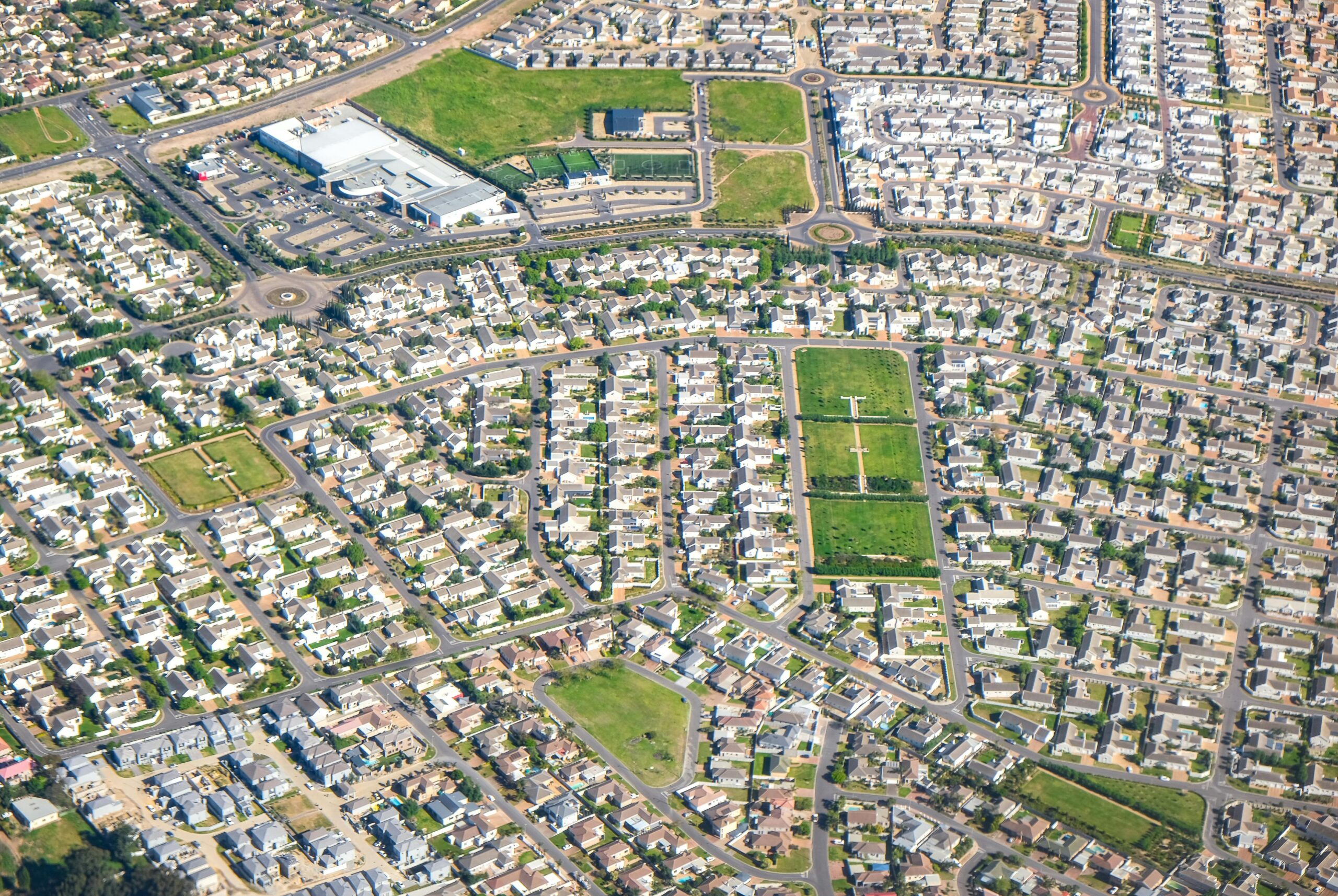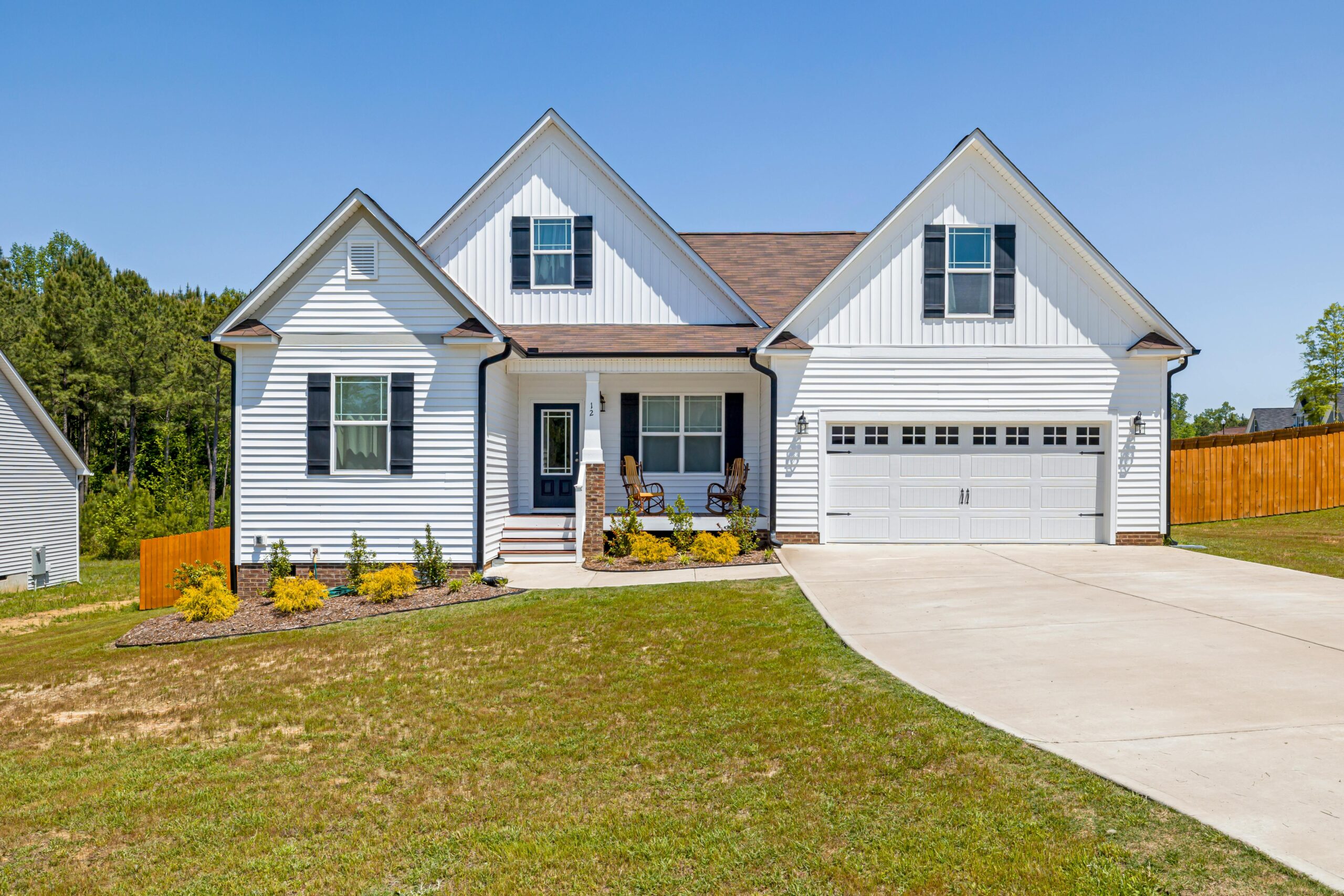Existing-Home Sales Decline 0.5%, Reaching Lowest Level for April Since 2009

Existing-home sales in the U.S. dipped slightly in April, falling 0.5% from March to a seasonally adjusted annual rate of 4 million units, according to the National Association of Realtors (NAR). This marks the slowest sales pace for April since 2009 and reflects continued challenges in affordability and mortgage rates.
“Home sales have been at 75% of normal or pre-pandemic activity for the past three years, even with seven million jobs added to the economy,” said NAR Chief Economist Lawrence Yun. “Pent-up housing demand continues to grow, though not realized. Any meaningful decline in mortgage rates will help release this demand.”
Inventory on the Rise
Total housing inventory at the end of April reached 1.45 million units, a notable 9.0% increase from March and a 20.8% jump from the same time last year. This level of unsold inventory represents a 4.4-month supply at the current sales pace—up from 4.0 months in March and 3.5 months in April 2024.
“With the highest inventory levels in nearly five years, consumers are in a better position to negotiate,” added Yun. “At the macro level, we are still in a mild seller’s market, but the dynamics are shifting.”
Home Prices and Market Conditions
The median existing-home price for all housing types in April was $414,000—up 1.8% year-over-year from $406,600. Regionally, the Northeast and Midwest saw price gains, while the South and West experienced slight declines.
Homes spent an average of 29 days on the market in April, down from 36 days in March. While homes sold faster than the previous month, they still lingered slightly longer than in April 2024, when the median was 26 days.
Buyer Trends
First-time homebuyers made up 34% of sales in April, showing a modest increase from 32% in March and 33% a year ago. Cash buyers accounted for 25% of April transactions, slightly down from 26% the previous month and 28% in April 2024. Investors and second-home buyers purchased 15% of homes sold, unchanged from March but slightly lower than 16% a year earlier.
Outlook
Although sales remain sluggish, rising inventory and a slight softening in competition could provide relief for buyers who have been priced out in recent years. All eyes are now on mortgage rates—any meaningful decline could trigger a surge in activity from would-be homeowners still on the sidelines.



